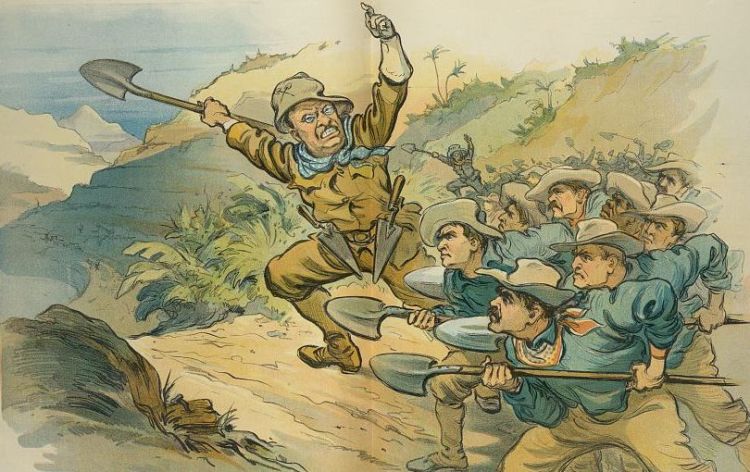March 31, 1907: An irritated President Theodore Roosevelt reluctantly accepts the resignation of West Gardiner native John Frank Stevens (1853-1943) as chief engineer on one of the 20th century’s most challenging engineering projects – construction of the Panama Canal.

Stevens, who came on board when the project already was underway and plagued with problems, engineered major construction solutions and stopped work until a malaria epidemic among canal workers was brought under control.
Stevens’ successor, U.S. Army Lt. Col. George Washington Goethals, lauds Stevens as a genius and says the canal will be his monument. The canal opens to ship traffic on Aug. 15, 1914.
Stevens attended Farmington Normal School, now called the University of Maine at Farmington, and later received an honorary degree from Bates College.
Earlier in his career, Stevens was in charge of several railroad construction projects in the American and Canadian West. In the dead of winter, he personally found the Marias Pass through the Continental Divide in Montana; and he located what later was named Stevens Pass, in his honor, through the Cascade Mountains of Washington state.
Joseph Owen is a retired copy desk chief of the Morning Sentinel and Kennebec Journal and board member of the Kennebec Historical Society. He can be contacted at: jowen@mainetoday.com.
Note: This story was updated Tuesday, March 31, to correct a reference to Stevens’ affiliation with Bates College.
Send questions/comments to the editors.



Success. Please wait for the page to reload. If the page does not reload within 5 seconds, please refresh the page.
Enter your email and password to access comments.
Hi, to comment on stories you must . This profile is in addition to your subscription and website login.
Already have a commenting profile? .
Invalid username/password.
Please check your email to confirm and complete your registration.
Only subscribers are eligible to post comments. Please subscribe or login first for digital access. Here’s why.
Use the form below to reset your password. When you've submitted your account email, we will send an email with a reset code.